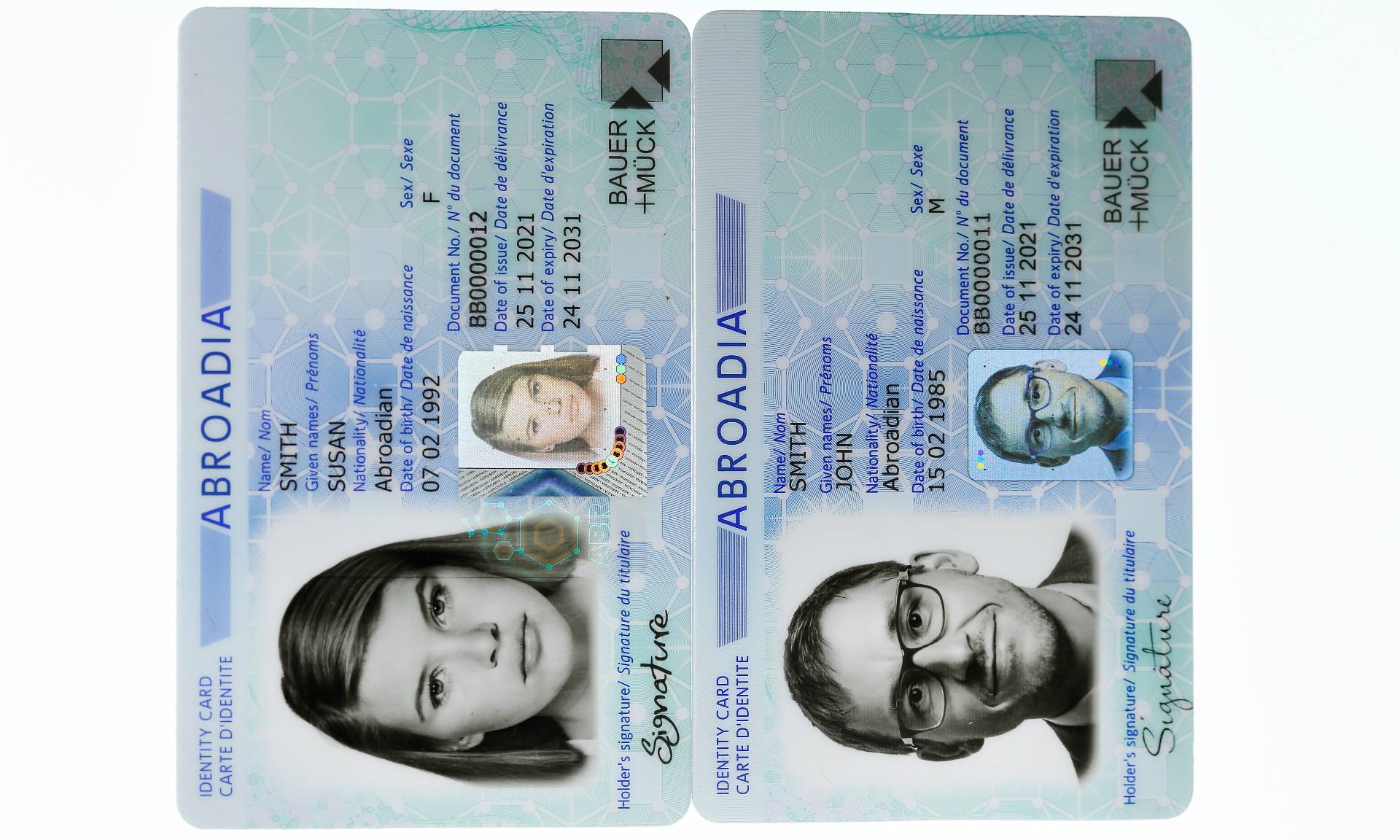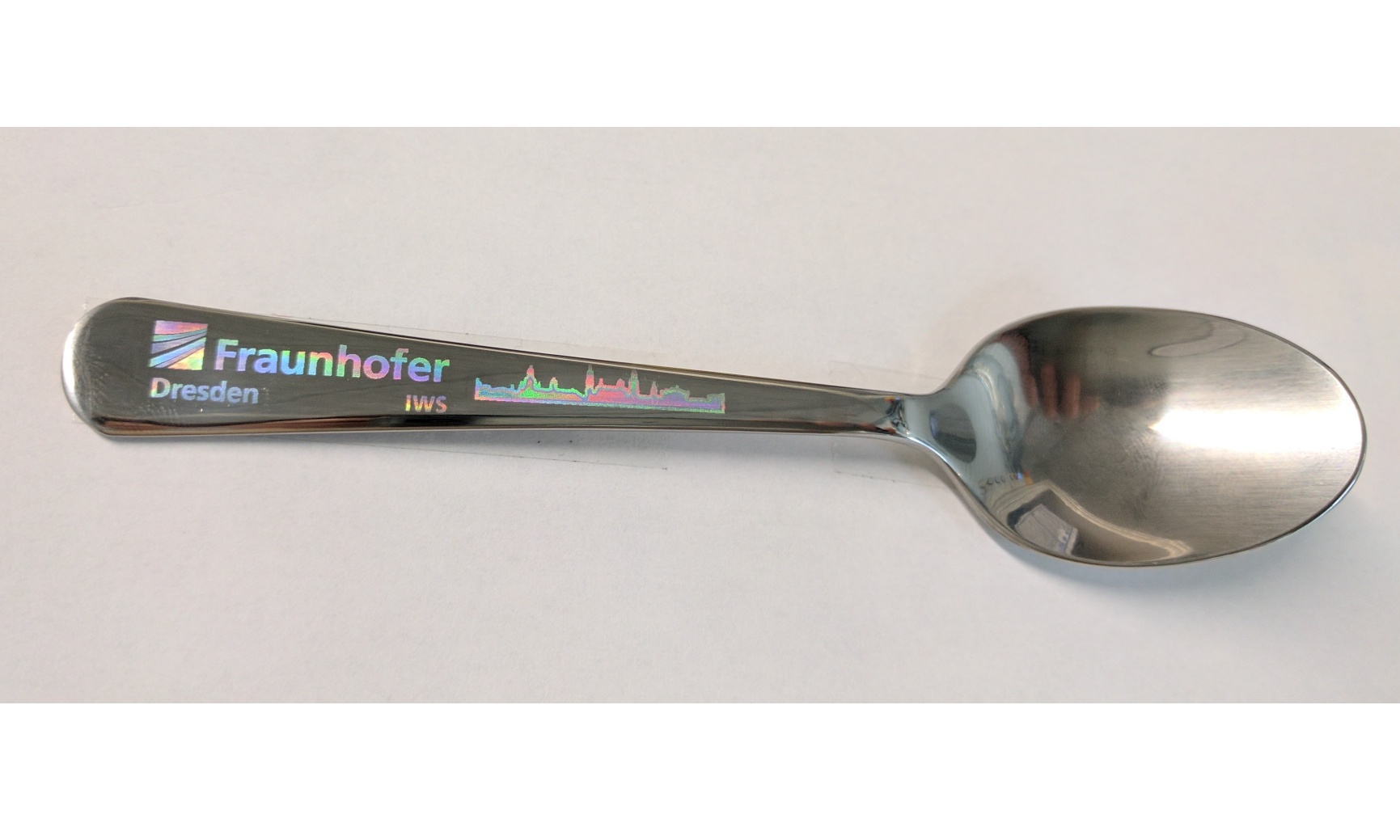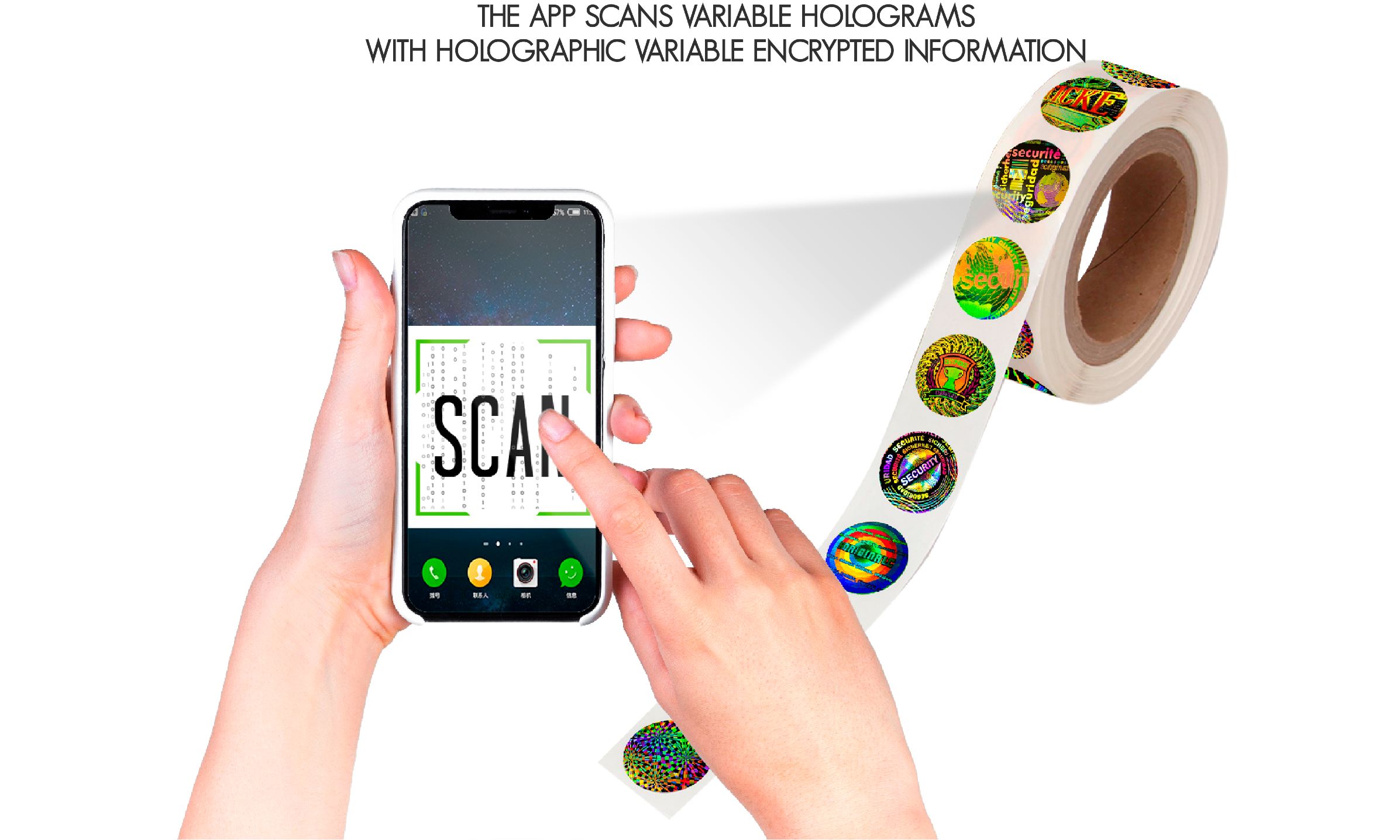Holograms: a digital and optical vision for industries in transition
Protecting and authenticating security and ID documents presents challenges for holograms but the technology’s capacity to evolve and integrate in the optical and digital space, reflects its continued potency in security applications, says Dr Paul Dunn, chair of the International Hologram Manufacturers Association (IHMA).
New optical and digital developments are reshaping the role and nature of holograms in document and ID security. They are also driving innovative and sophisticated design solutions for often non-descript security documents, simultaneously enhancing the security of an identity document, as governments and issuing agencies around the world, as well as other global entities, wrestle with losing billions of dollars a year in revenue through incessant counterfeiting of documents and insidious ID fraud.
Meanwhile the cost of paying for anti-counterfeiting measures to bring criminals to justice can add up to hundreds of millions of dollars. The problem has also been exacerbated in the last two years by the impact of Covid, which has accelerated digital transformation in almost every industry, accompanied by drastic opportunities for increased fraud.
Providing innovative and sophisticated solutions for security documents requires not only a design that will make a document attractive; it also means enhancing the intrinsic security of that document. Secure document conception can be achieved for ID cards and passports, for example, by integrating security features with exclusive designs that highlight attack attempts and facilitate controls such as checking that an ID document matches the bearer.
Today, propelled by advances in materials and applications, holograms designed to protect and authenticate, are integral elements of optical variable elements (OVE) on ID documents, helping to verify identities both in person and remotely.
Ground breaking technologies such as Idemia’s Lasink Helios are to the fore in these applications: its technology is linked to a DOVID (Diffractive Optical Variable Image Device) and combined with holographic technology displays striking optical effects, such as colour variations of the portrait including a full polychromatic view with true colors, which vary depending on the angle of view. Easy to inspect, resistant to multiple types of fraud and durable, the use validates both secondary and main portrait images on documents, thus confirming the identity of the document holder - both images are interlinked to make forgery virtually impossible, deterring any attempted fraud.

Primary protection
The IHMA estimates that there are three billion identity documents issued worldwide, the evolving challenges posed by fraud see governments, issuing authorities and law enforcement turning to innovation to stay ahead of criminals and fraudsters. Here, the use of direct laser interference patterning (DLIP) applied by the Fraunhofer Institute for Material and Beam Technology in Germany can be seen as a versatile tool for producing holographic motifs and diffraction-based elements on most materials; the optical security elements can be written directly on the surface as well as in the volume of a transparent material for improved authentication and greater individualisation of security documents.
Conventionally, a DOVID protects the most important information of a document i.e., the primary image of the document holder. It can additionally cover the holder’s data and a secondary image. So conventionally all this information is printed or laser engraved by the manufacturer and protected by DOVIDs. However, rather than simply protecting the information, security solutions provider OVD Kinegram’s novel technology allows for the creation of a secondary image and/or data directly. The laser personalized KINEGRAM is highly secure and protects against ID fraud and document falsification. This three-layer system is laser processed to radically alter their appearance from a black to mirror like effect, or transparent or even eye-catching optical effects.
Besides offering intrinsic protection, the use of two metal layers/effects provides further benefits and protection - both appearances are in perfect registration and thus cannot be copied by unauthorised printing processes. Moreover, the ability to integrate the embedded KINEGRAM elements over a larger area in perfect optical harmony with other features (such as the security print) leads to a document design that is intuitive and self-explanatory, and hence readily available for human inspection. The design tells a story that even the untrained eye can immediately understand, while the solution protects the personalised data and the photograph of the passport’s data page for ID3 format passport data pages and ID1 format identity cards or driving licences.
Today, the use of optical and physical technologies to protect valuable documents against existing and emerging threats is paramount – for instance, the role of optical and digital technologies in securing health status passports is gaining increasing traction – while great strides are being made in the areas of micro and nano-optical structures and other new approaches to document security. Indeed, the future evolution of optical and digital document security is set to play an important role in the transition to digital documentation for some time to come.
New digital NanoCast technology from NanoGrafix enables the online production of variable holograms or any other optical structures on any printing press with the special NanoCast module. Each hologram can be different and have different holographic encrypted information that can be used for authentication and track and trace purposes. This technology can be installed on any existing machinery in order to “print” these holograms or optical structures onto banknotes, security documents such as Tax Stamps, ID documents, etc. With this module security printers no longer need to outsource holograms or any other optical structure. The holograms are instantly produced and can be different from one another. Each banknote or secure document will then have for the first time a unique holographic identifier. No more outsourcing of security features or extra handling and storage of printed materials. In this way, the chances of documents being compromised are reduced while ensuring a readily available supply of ‘instant’ holograms to support global authentication and anti-counterfeiting programmes.
Smartphone technology is also increasingly being used in combination with hologram programmes to facilitate authentication. In this fast-evolving landscape, security features such as holographic foil-stripes that cannot be replicated are being created. This type of technology allows law enforcement and other specialists ‘read’ a document using a smart phone or LED lighting, in the process providing a robust way to authenticate and thwart counterfeiting and forgery.

Pointing the way
The continued use of holography in optical and digital document security points to the technology’s underlying versatility, cost-effectiveness and graphical flexibility. Indeed, it will continue to flourish in those markets where a highly effective security feature is required as governments and other issuers of ID cards, passports and driving licences have to implement security technologies to protect an increasing array of documents from counterfeiting attacks.
The optical and digital space heralds exciting development opportunities for holograms, which can deliver an exceptional representation of the 3D world and pose a significant step forward in the search for better imaging. The opportunity for further integration by innovative, forward-thinking companies is huge, as digital holographic technology, increasingly operating via smartphones and devices, provide a visceral and ardent interpretation of the world, allowing people to see and sense images in a way that is realistic, comfortable and natural.
Moreover, the use of well-designed and properly deployed authentication solutions, as advocated by the ISO 12931 standard, enables those with ID protection responsibilities to verify the authenticity of a legitimate product, differentiating it from counterfeits. Even those that carry a fake authentication feature can be distinguished from the genuine item if the latter carries a carefully thought-out authentication solution. The advantages holography offers will continue even as digital and mobile ID technologies gain increasing levels of traction.
The IHMA (www.ihma.org) is made up of more than 80 of the world's leading hologram companies. Members include the leading producers and converters of holograms for banknote security, ID cards and passports, other secure documents, brand protection, packaging, graphics and other commercial applications around the world, and actively cooperate to maintain the highest professional, security and quality standards.



